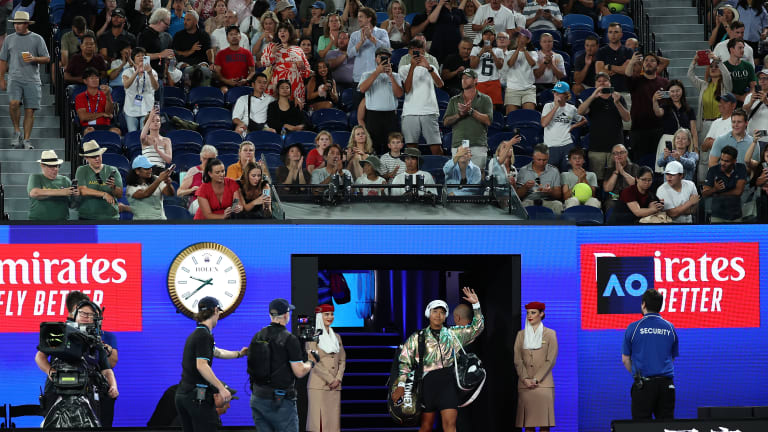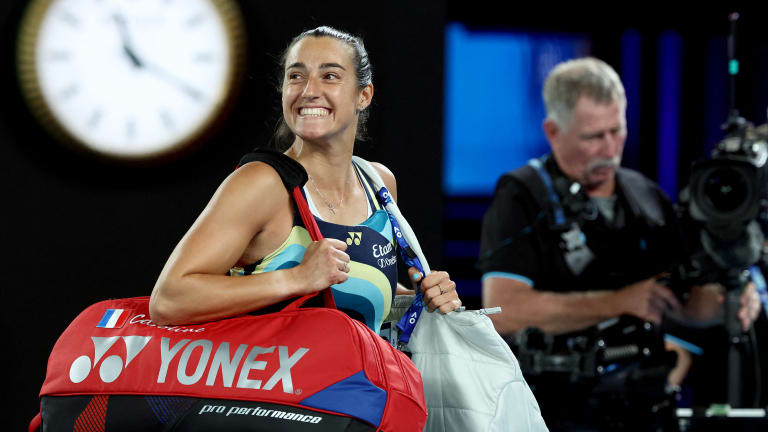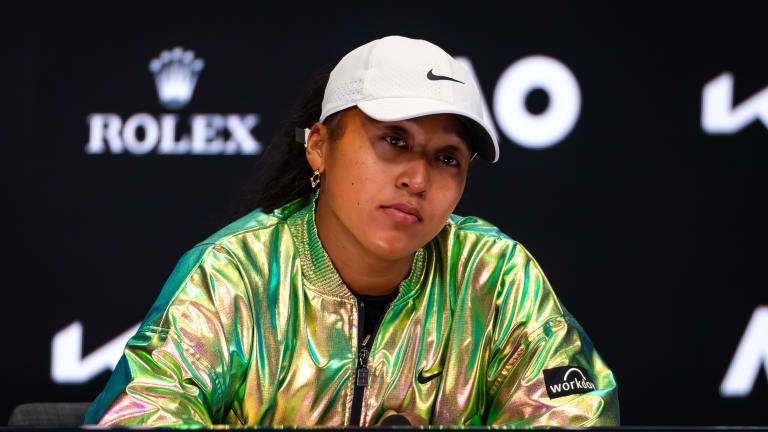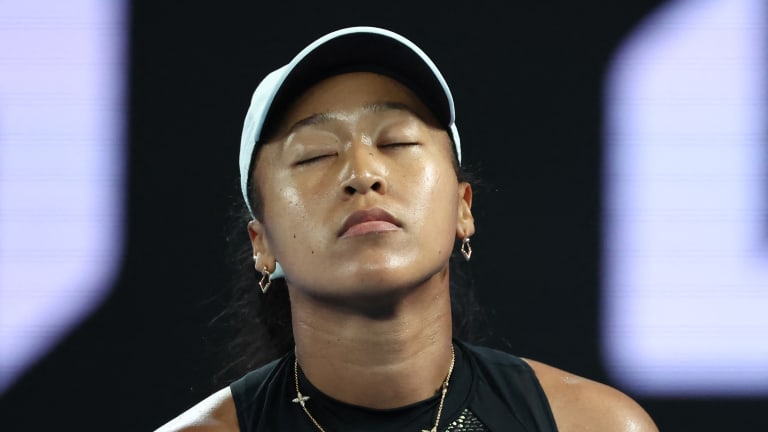Australian Open
Naomi Osaka's early Australian Open exit raises two key questions
By Jan 15, 2024Australian Open
Australia at Last: Reflections on a first trip to the AO
By Jan 29, 2025Australian Open
Alexander Zverev must elevate his game when it most counts—and keep it there
By Jan 27, 2025Australian Open
Jannik Sinner draws Novak Djokovic comparisons from Alexander Zverev after Australian Open final
By Jan 26, 2025Australian Open
Alexander Zverev left to say "I'm just not good enough" as Jannik Sinner retains Australian Open title
By Jan 26, 2025Australian Open
Jannik Sinner is now 3-0 in Grand Slam finals after winning second Australian Open title
By Jan 26, 2025Australian Open
Taylor Townsend and Katerina Siniakova win second women's doubles major together at the Australian Open
By Jan 26, 2025Australian Open
Madison Keys wins her first Grand Slam title at Australian Open by caring a little bit less
By Jan 25, 2025Australian Open
Henry Patten, Harri Heliovaara shrug off contentious first set to win Australian Open doubles title
By Jan 25, 2025Australian Open
Aryna Sabalenka takes a rare loss in Australian Open slugfest
By Jan 25, 2025Australian Open
Naomi Osaka's early Australian Open exit raises two key questions
The two-time champion put on a decent comeback performance, but she inspired a better one from Caroline Garcia.
Published Jan 15, 2024
Advertising

The Melbourne fans were ready for Naomi Osaka's return.
© Getty Images
Advertising
Advertising

“I play tennis for this kind of match,” Garcia said. “Win or lose, I wanted to have fun and experience it to the max.”
© AFP or licensors
Advertising

“I thought it was a really good match,” Osaka said. “For me, I felt like I did the best that I could possibly do.”
© 2024 Robert Prange
Advertising

Osaka, normally one of the WTA’s most powerful ball-strikers, never found a way to impose her will on the proceedings.
© AFP or licensors